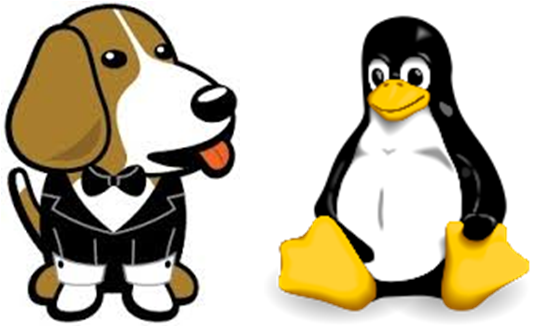Linux is often used as an embedded operating system, and yet many still regard it as something of a black art.
This course sheds light and brings clarity by showing exactly how to deploy Linux on a typical embedded target board through a combination of theory and practice.
Starting with a board without an operating system, delegates will go through a simulated product cycle during which they will build and boot a Linux kernel, build a root file system, write a device driver and a multi-threaded application. Finally, they will review the performance of the resulting system and consider what changes could be made to improve its real-time performance.

Overview:
A five day course showing how to implement Linux on a typical development board (ARM Cortex-A8).
Course objectives:
- Describe the four essential components of an embedded project: toolchain, kernel, bootloader and root file system
- Demonstrate how to control hardware from a device driver (in outline, see EL-504: Developing Linux Device Drivers for a more in-depth treatment)
- Provide an overview of application development, profiling and debugging
- Show how to configure flash memory for robust code and data storage and a look at new developments in that space.
- Look at user space development, process handling and the IPC facilities provided by the Linux Kernel
Delegates will learn:
- How to configure and build a customised Linux kernel
- How to construct a compact root file system from scratch
- How to develop and debug code for the target board, using the Eclipse IDE
- How to write single and multi-threaded programs using POSIX functions
- How to use Linux for product development and the benefits it brings
- Gain an in-depth understanding of modern Linux for embedded and what that means for them
Who should attend?
Software engineers who are developing applications for embedded or real-time Linux. Engineers wishing to assess the suitability of Linux for their next application.
Pre-requisites:
- Good ‘C’ programming skills
- General knowledge of an RTOS or embedded operating systems
- Experience of using Linux or a version of Unix or attendance on course EL-205 : Linux Core Skills
Duration:
Five days
Course materials:
Student Workbook
Course workshop:
The target platform will be the BeagleBone Black which uses an ARM Cortex-A8 and will help delegates understand the issues encountered when writing for embedded platforms.
The course presents embedded and real-time concepts applied to Linux using this target. The host development system is a standard PC running Linux. We use the target as an example of a modern embedded system which can control and interact with many available interfaces including USB.
Lab sessions follow a logical sequence, and result in a Linux-powered web-controlled rocket launcher.
Introduction
- What defines embedded Linux
- The 4 basic elements: toolchain, bootloader, kernel, root file system
The Linux Kernel
- Virtual memory & processes
- Configuration and cross-compiling
Booting Linux
- The Linux boot sequence
- Boot-loaders: U-boot
- loading images using TFTP
- The init process including systemd
The root file-system
- Creating a minimal root filesystem with Busybox
- Choosing a C library
- Creating a RAM disk image
Network configuration
- Static and dynamic IP addresses
- mounting the root file system over NFS
Device drivers
- Creation and manipulation of device driver
- Hotpluggable drivers
- kernel modules
Debugging
- Logging using syslogd
- remote debugging using Eclipse and gdbserver.
POSIX programming:
- Processes: fork and exit, scheduling
- signals and signal handlers
- time and timers
- pipes, message queues, semaphores, shared memory
POSIX Threads
- Threads vs processes
- synchronising threads using mutexes and condition variables.
Flash memory
- The Linux Memory Technology Devices Layer and eMMC
File systems
- File-systems for embedded Linux
- UBIFS, squashfs, tmpfs, jffs2 and more
Profiling
